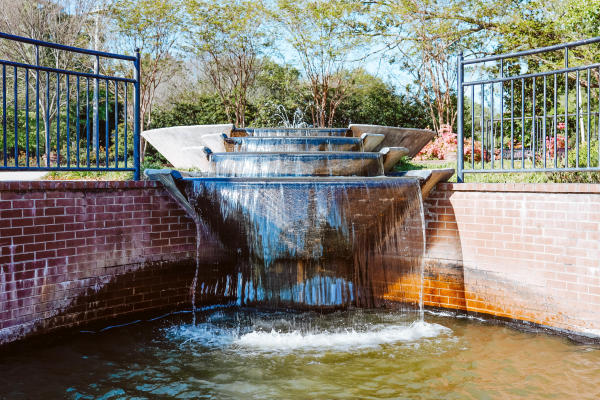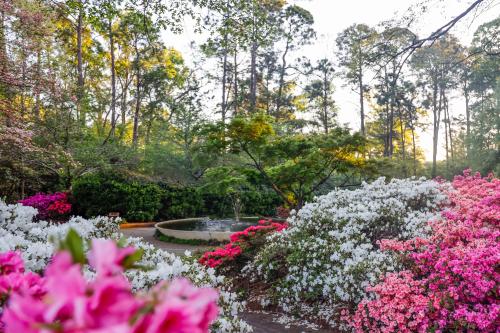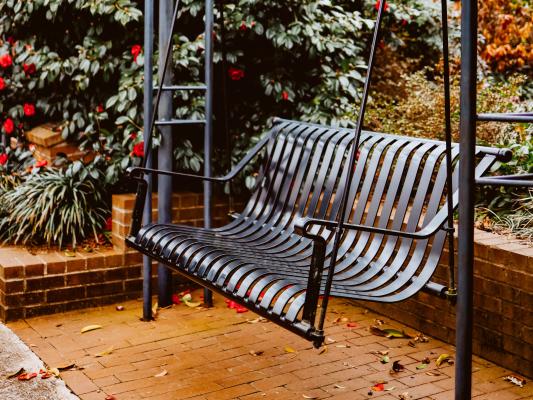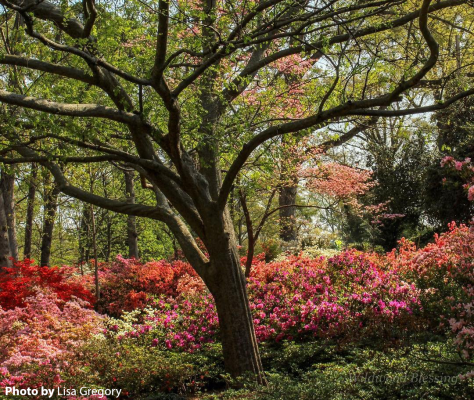If you've ever strolled through Glencairn Garden in Rock Hill, South Carolina, you already know—it’s nothing short of magical. Whether you're a nature lover, a history buff, or just looking for peaceful places to visit in Rock Hill, this 11-acre public garden offers beauty, history, and year-round blooms.
Here are 8 fascinating facts about Glencairn Garden that will make you want to plan your visit today:
1. Glencairn Garden Began as a Backyard Dream
Glencairn Garden started in 1928 as a personal passion project by David and Hazel Bigger, who lived in the home that now serves as the park’s welcome center. Over the years, their backyard blossomed into one of Rock Hill’s most beloved green spaces.
2. It Inspired the Famous Come-See-Me Festival
Yes, the Come-See-Me Festival—Rock Hill’s biggest annual event—was inspired by Glencairn Garden’s breathtaking blooms. Today, the park’s welcome center even doubles as the festival’s administrative office. Every spring, over 100,000 visitors come to celebrate music, frogs, flowers, and community fun.
3. It Was a Gift to the City of Rock Hill
What started with just a few gifted azaleas turned into over 12,000 azaleas and camellias. After Mr. Bigger passed away, Mrs. Bigger deeded the garden to the City of Rock Hill in 1958—turning their personal sanctuary into a public treasure.
4. Spring Bloom Season Is Short But Spectacular
The best time to visit Glencairn Garden is from late March through mid-April, when the azaleas, dogwoods, and camellias are in full bloom. It’s the ultimate photo opportunity and a must-see for spring travelers in South Carolina.
5. The Veterans Garden Honors Our Heroes
In partnership with the American Legion Post 34 and VFW Post 2889, the Veterans Garden at Glencairn pays tribute to the past, present, and future service members of the U.S. Armed Forces. It’s a peaceful and powerful part of the park worth reflecting in.
6. There's a Stage Gifted by Vernon Grant’s Family
Local legend Vernon Grant (creator of Snap, Crackle, and Pop and namesake of Rock Hill’s ChristmasVille) helped shape the park’s legacy. His family donated a beautiful brick performance stage, now used for outdoor concerts and special events surrounded by blooming flowers.
7. It’s an Outdoor Classroom for Students
Glencairn Garden is more than just beautiful—it’s educational. Many local schools bring students here to explore plant life cycles, ecosystems, and food chains in a hands-on, outdoor learning environment.
8. Every Season Has Something to Offer
While spring gets most of the spotlight, Glencairn Garden is beautiful all year long:
- Spring: Azaleas, pansies, wisteria
- Summer: Daylilies, crape myrtles
- Fall: Colorful leaves, sasanquas, dogwoods
- Winter: Daffodils, camellias, winter honeysuckle
Plan Your Visit to Glencairn Garden
Whether you're a lifelong Rock Hill resident or planning a weekend getaway, Glencairn Garden offers the perfect place to walk, relax, and reconnect with nature. Bring your camera, pack a picnic, and don’t forget to stop by during Come-See-Me Festival season.
Location: 725 Crest St, Rock Hill, SC 29730









